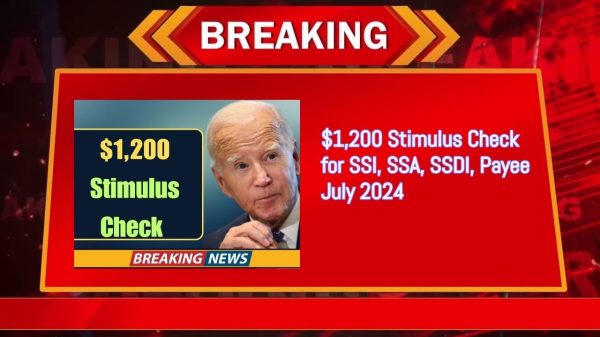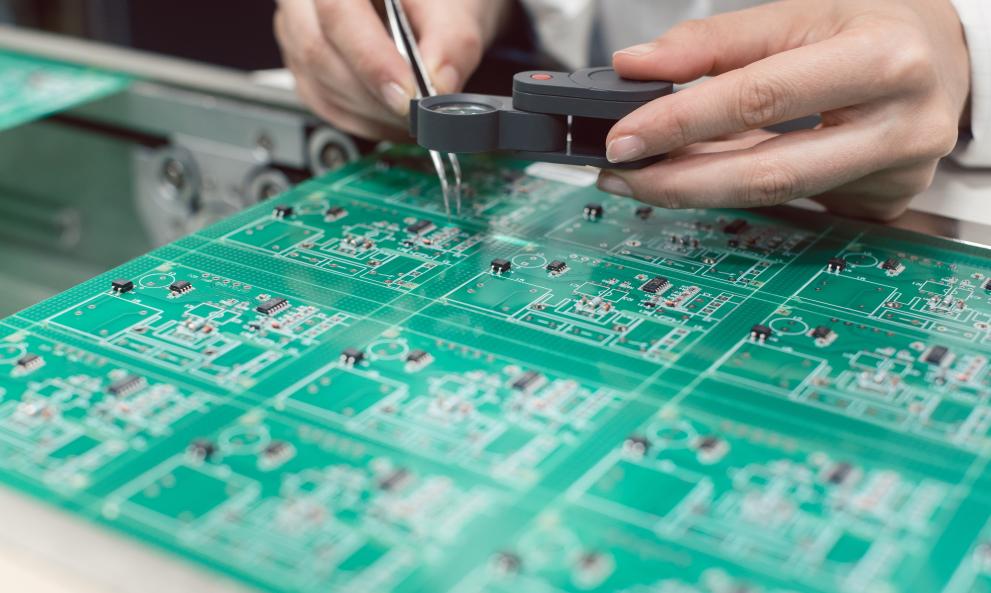The Commerce Department issued final rules Friday to prevent China and other national security threats from using semiconductor manufacturing subsidies.

Graphic depiction of the Chinese and American flags set against a background of computer chips. (Source: Yahoo! News)
Semiconductor Manufacturing and Research Project Funded by US Worth of $52.7 Billion
The regulation is the last step before the Biden administration can award $39 billion in semiconductor manufacturing subsidies. The landmark “Chips and Science” law funds $52.7 billion for U.S. semiconductor manufacture, research, and workforce development. First proposed in March, the regulation sets “guardrails” by limiting U.S. funding recipients from investing in semiconductor manufacturing in China and Russia and from engaging in joint research or technology licensing with foreign entities.
In October 2022, the government imposed export limitations on semiconductor chips created with U.S. equipment to slow Beijing’s scientific and military progress. “We have to be absolutely vigilant that not a penny of this helps China get ahead of us,” Raimondo told Congress Tuesday. Federal funds can be revoked by the Commerce Department if beneficiaries violate limits. Raimondo told Congress she is expediting awards approval. “I feel pressure,” Raimondo stated. “We are behind, but accuracy is more essential. I’ll defend taking another month or two to get it perfect because it’s important.”
READ ALSO: Vietnam to Become a Semiconductor Chip Manufacturer
The Project Aims to Increase Semiconductor Manufacturing Capacity
For 10 years, funding recipients cannot considerably increase semiconductor manufacturing capacity in foreign concern countries. Although it allows international standards, patent licensing, and foundry and packaging services, it bans beneficiaries from some cooperative research or technology licensing with foreign businesses of concern.
For 10 years, the final rules prohibit leading-edge and sophisticated semiconductor manufacturing capacity increase in foreign countries of concern. It clarifies semiconductor manufacturing includes wafer production. Material additions of more than 5% of semiconductor manufacturing capacity require a cleanroom or other physical space, according to the final rule. Receivers cannot add cleanroom space or production lines that increase production capacity above 10%.
Quantum computing current-generation and mature-node chips, radiation-intensive environments, and other specific military capabilities are likewise restricted by the law as important to national security.
READ ALSO: Lithium Deposits Found in the Nevada-Oregon Can be Used for Manufacturing Semiconductors

















































